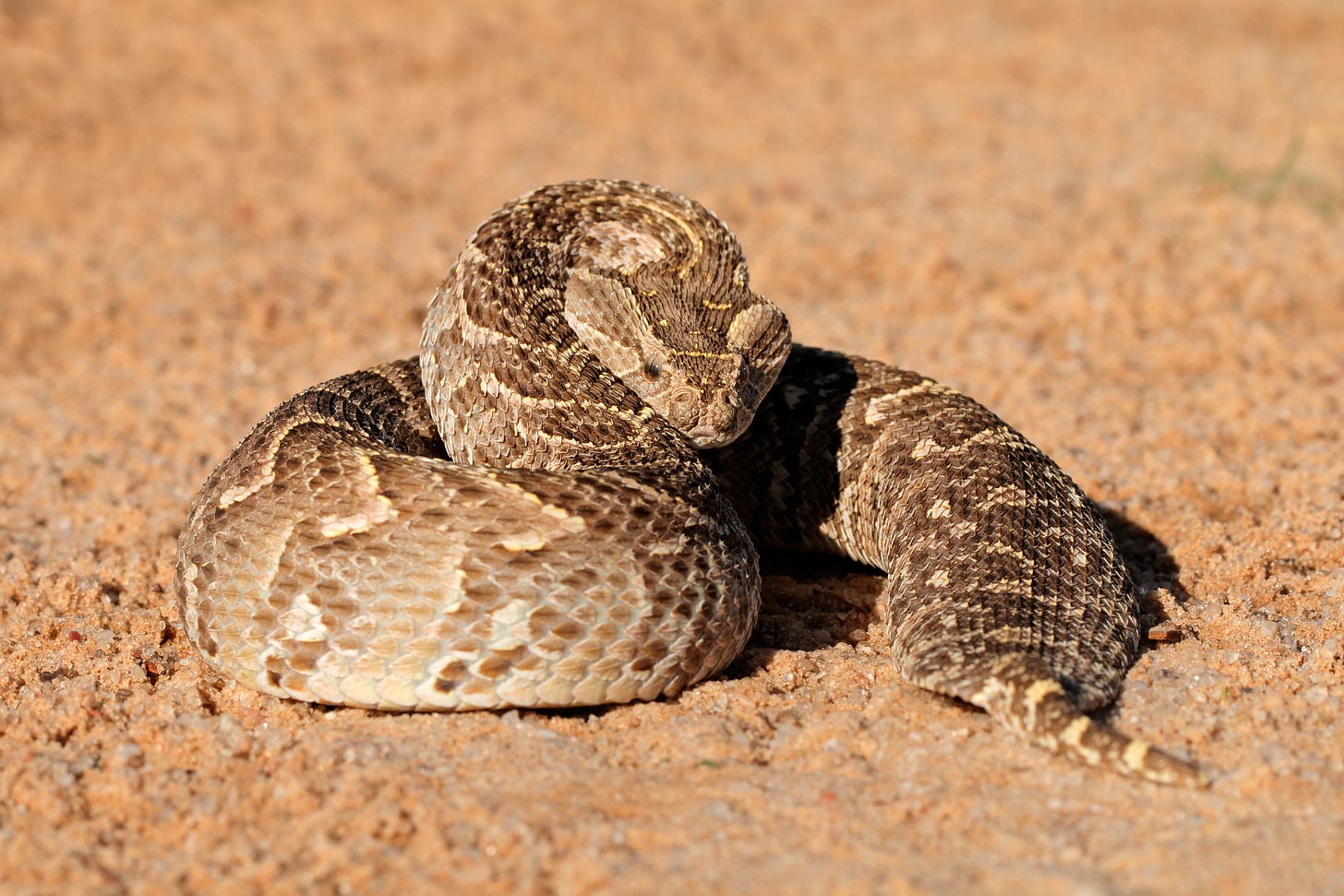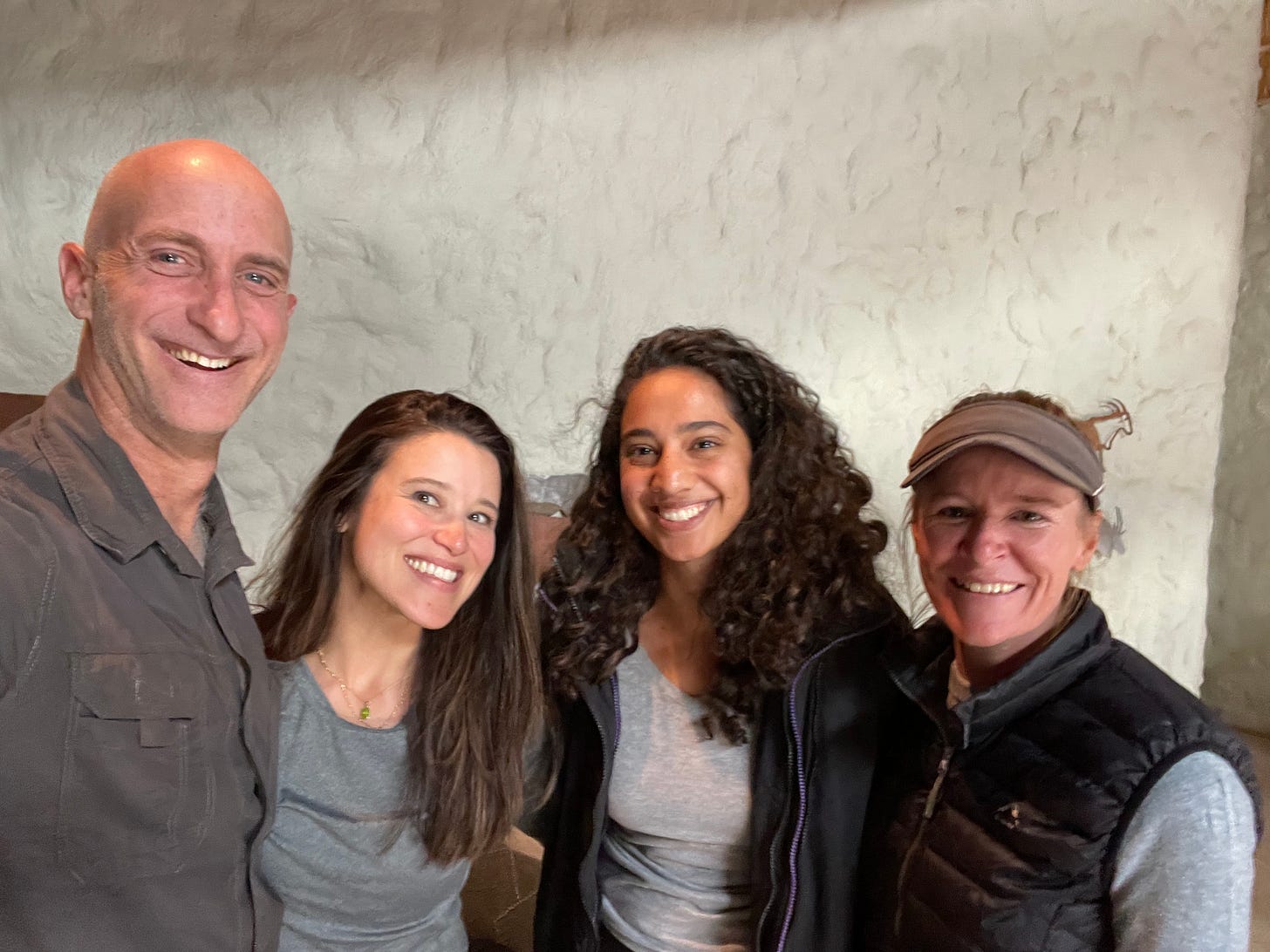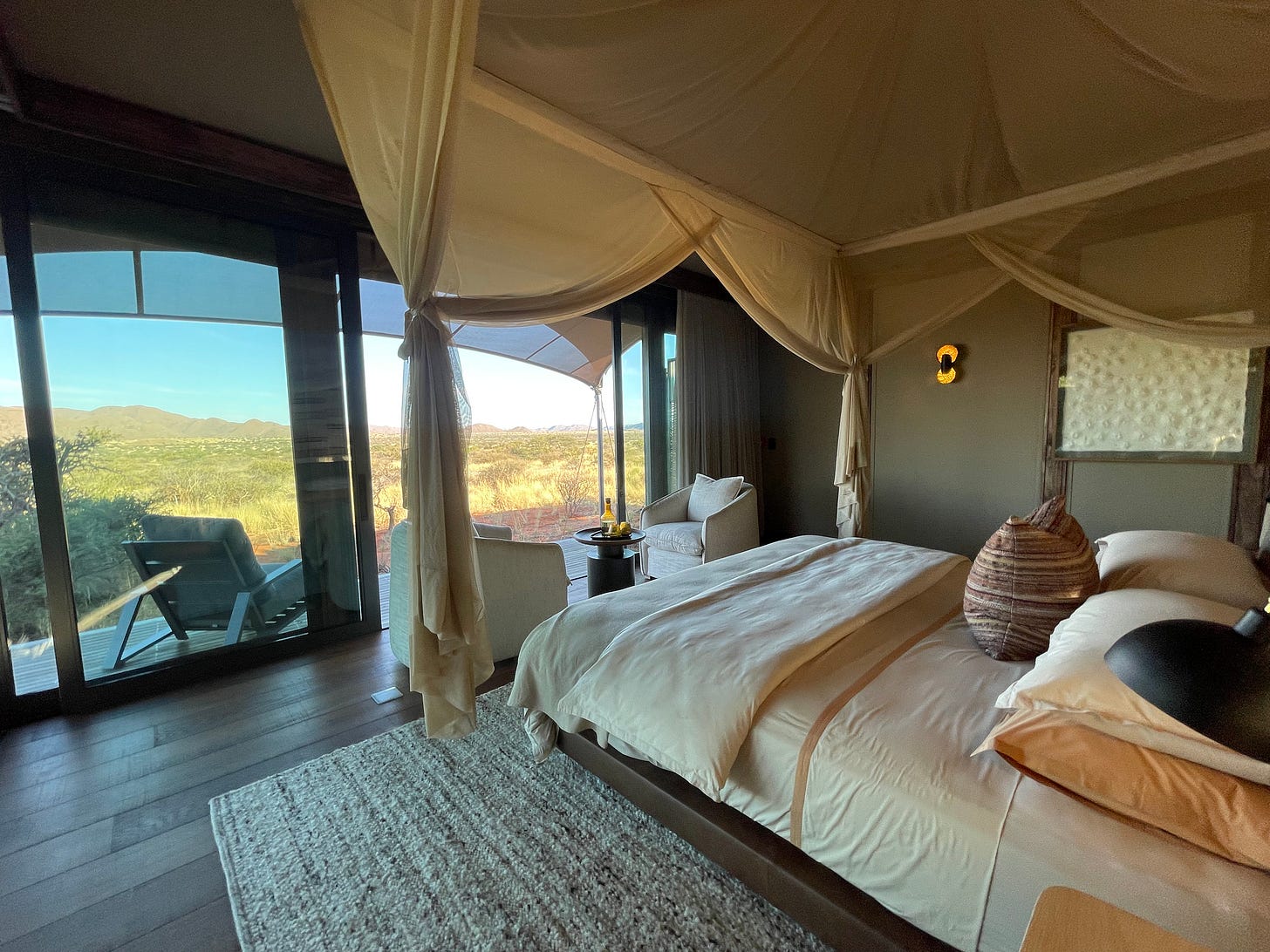
As a wildlife enthusiast who’s built trips around a single animal encounter, lately I’ve been thinking about the animal awareness days that pop up on calendars and social media feeds—so many that it’s hard to keep track of them all. What exactly do they do for our awareness of an animal, and more importantly, what does it ultimately do to benefit the animal itself?
Some of my conservation friends roll their eyes at these days, arguing that we should care about rhinos, orangutans, and cheetahs 365 days a year. I agree in theory, but unless you’re a biologist or a conservationist in the field, life’s responsibilities and distractions make it hard for even the most die-hard armchair wildlife nuts (me included) to think about the front line of biodiversity every day. But seeing, say, World Bonobo Day pop up on my feed on Feb. 14 reminds me that these endangered, lesser-known great apes are out there in the jungles of the Congo Basin, doing their thing to help regulate an ecosystem the entire world depends on for survival (it’s nicknamed the Lungs of Africa for absorbing so much carbon).
So, while I don’t think an animal awareness day will necessarily disrupt conservation practices for the better, I do see the benefit of simply putting a vulnerable or threatened species on someone’s radar once a year in a fast-paced world where we can easily forget how dependent we are on nature. If World Bonobo Day inspires someone to google what the hell a bonobo is, find out why they’re amazing, learn why it’s important to save their habitats, share it around, and maybe donate to a reputable organization, I think that’s cool. And maybe—just maybe—that same person might plan a trip around the great apes, bringing with them their tourism dollars that support wildlife habitats, which rural communities also rely on.
This week’s animal awareness days include two of the more maligned members of the animal kingdom: Shark Awareness Day (July 14) and World Snake Day (July 16). While their notoriety keeps plenty of people fascinated (Shark Week kicks off July 23), let’s face it: neither species is cuddly, so they won’t be getting the “aww!” factor or attention that a baby elephant or a koala might get. Not being cute or cuddly also translates into less conservation funding, according to experts including Dr. Rebecca Nesbit, who elaborates on this in her fascinating interview on The Wall Steet Journal’s Future of Everything podcast.
Deciding what to save is a crucial question because unfortunately, there will never be enough resources to protect the more than 40,000 species that are at risk of extinction right now. Nesbit, who wrote “Tickets for the Ark: From Wasps to Whales – How Do We Choose What To Save?” explained that while science can help us determine how to save a species, it can’t tell us why it’s important to save it. That’s where philosophy and values come in: “Ultimately, conservation is about morality,” she said, adding that human biases in conservation can be a good thing. In other words, simply loving a pangolin or a tufted puffin (whose laugh-like call made yours truly fall in love with it instantly) is a legitimate reason preserve it. I’d add to her argument that saving a charismatic species can often save other lesser-known species that share that same habitat.

The beauty of travel is that it has the power to turn us into the most passionate advocates of biodiversity conservation, even for the most unexpected animals. While on safari in South Africa’s incredible Tswalu private reserve in the Kalahari Desert in May, I met Azraa Ebrahim, a PhD student whose work centers on venomous puff adders, where part of her research involves adding tracking devices to resident snakes and taking guests to see them. Not once have I ever intentionally sought out a puff adder in the African savannah—often I’m trying to avoid them instead. But after hearing Azraa speak so passionately about puff adders, which serve the ecosystem in many ways including by keeping rat and mice populations in check, I now want to return to Tswalu to seek one out with her. And it’s what I’ll dream of this Sunday when World Snake Day is here.
If loving a species is reason enough to save it, then let’s all pick our favorite endangered animals, shout from the rooftops about them, and then plan a great travel adventure with that animal encounter as our north star. The act of nature-based travel, when done responsibly through places like Tswalu, is one of the most powerful things we can do to help in the battle to preserve our last remaining wilderness areas.
“We rely on nature for everything from our food to climate regulation,” said Nesbit. “And if we keep losing species, we can’t just assume that nature is going to provide these incredible services to us.”



